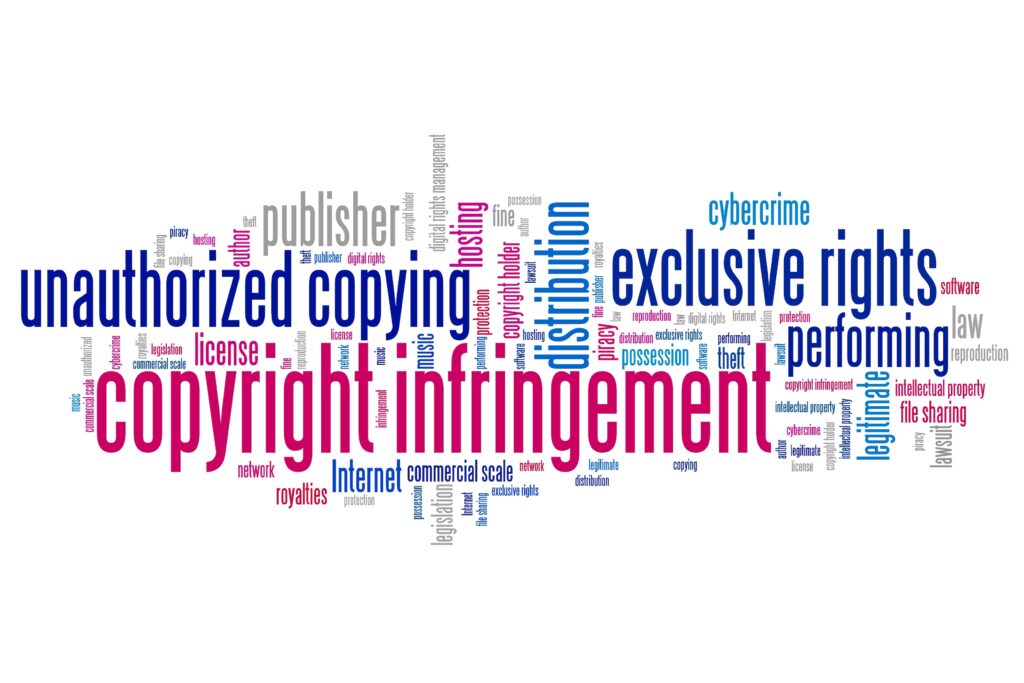No, a resounding no! That the photo is on Google doesn’t mean you can freely use it.
In the case of photographs, the owner of the “photo” is generally the photographer (a human) or, in certain situations, the photographer’s employer.
Under 17 U.S. Code § 106 the owner of has the exclusive rights to do and to authorize any of the following:
The right to reproduce and make copies of an original work;
The right to prepare derivative works based on the original work;
The right to distribute copies to the public by sale or another form of transfer, such as rental or lending;
The right to publicly perform the work;
The right to publicly display the work, and
The right to perform sound recordings publicly through digital audio transmission.
An infringer of copyright is liable for either—
(1) the copyright owner’s actual damages and any additional profits of the infringer, as provided by subsection (b); or
(2) statutory damages.
Statutory minimum damages are usually between $750 and $30,000 PER WORK. Meaning per every photograph you copy from Google and use it without the owner’s consent you will be liable for that amount. That amount can be increased up to $150,000 per work if the infringement is found to be willful (intentional).
Statutory damages are not available for infringement of unregistered works, except for infringement of a published work registered within three months of its first publication.
Under the fair use doctrine of the U.S. copyright statute, it is permissible to use limited portions of a work including quotes, for purposes such as commentary, criticism, news reporting, and scholarly reports. There are no legal rules permitting the use of a specific number of words, a certain number of musical notes, or percentage of a work.
I have helped countless authors to secure copyright registrations for their works to prevent others from using those works without consent. I’d like to help you too by protecting your works and pursuing those who use the works without consent.



